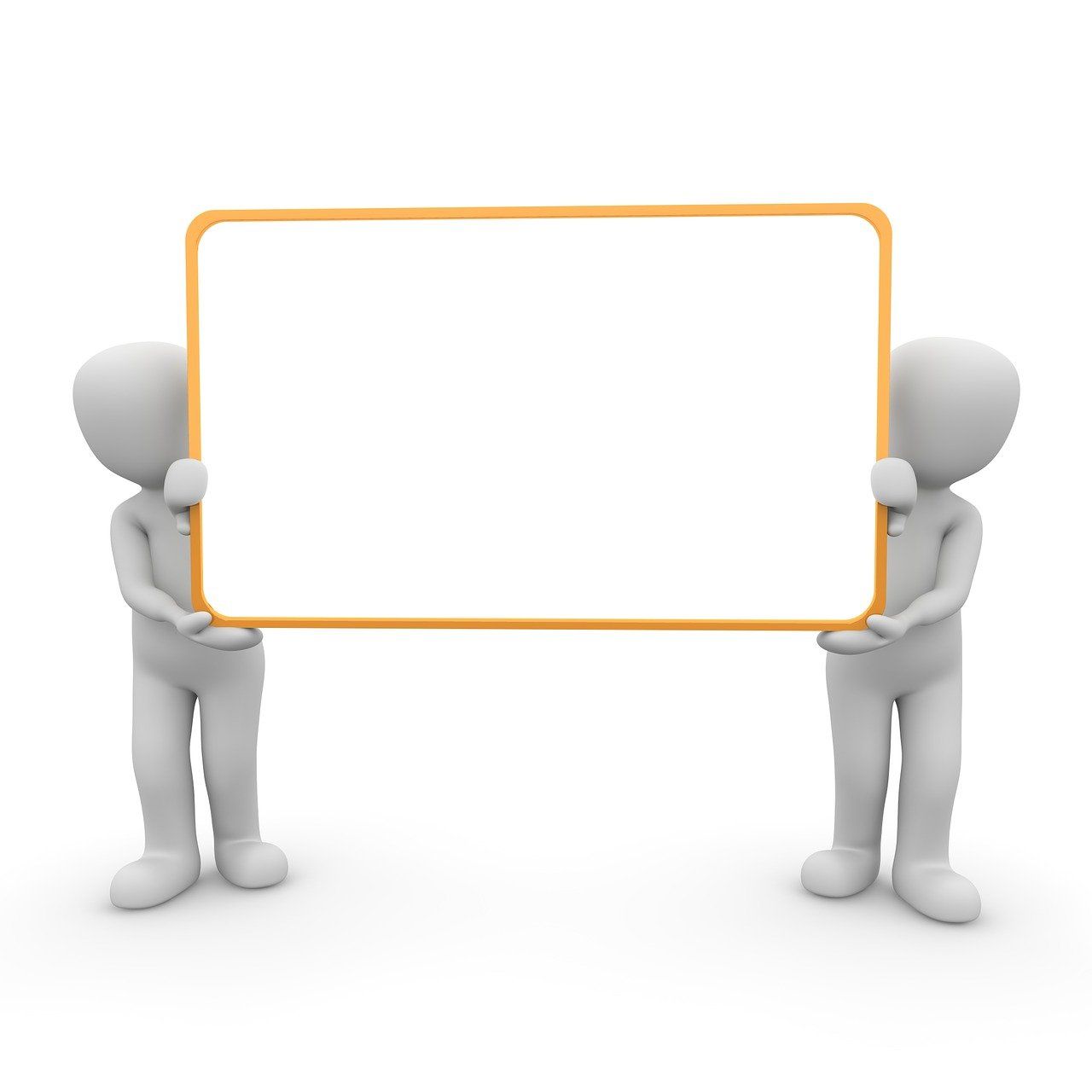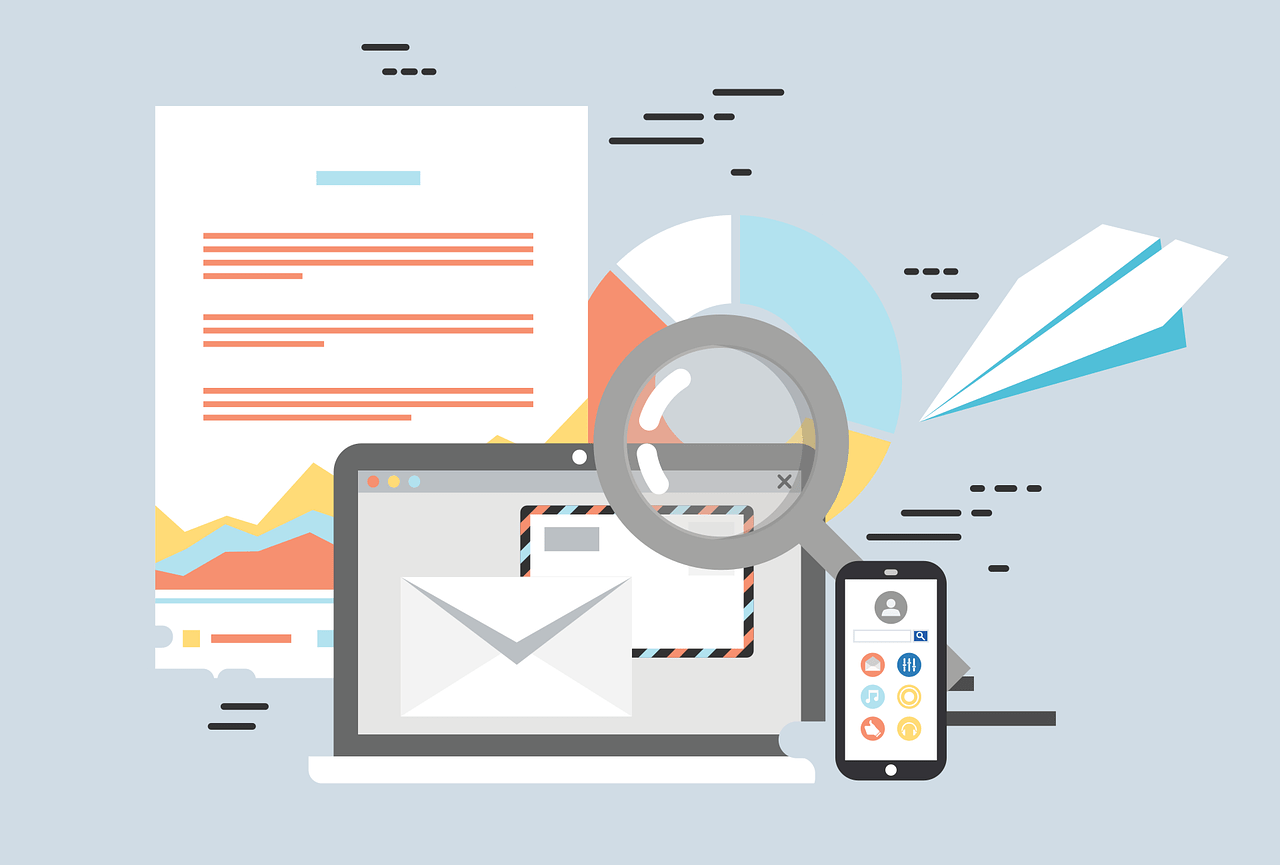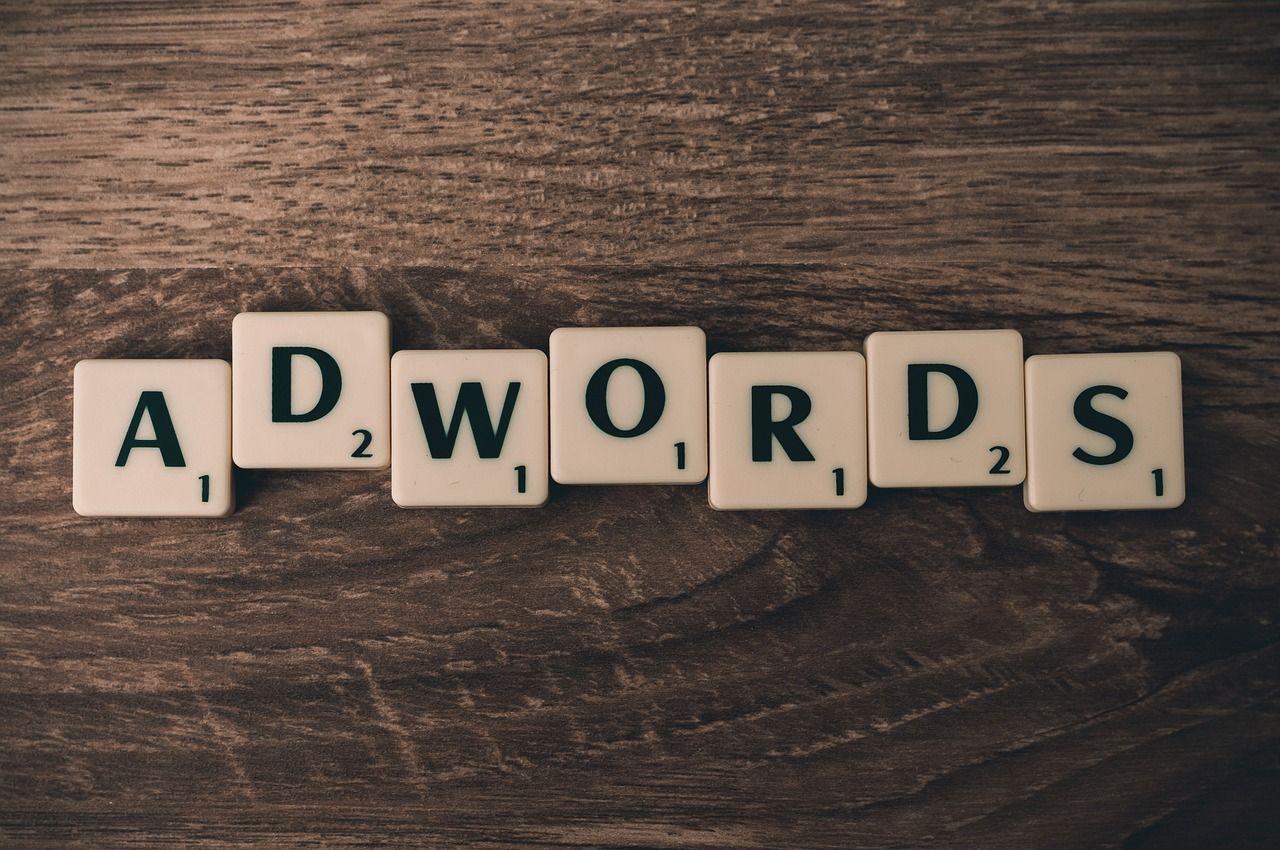In the fast-paced and competitive world of small business, every opportunity to stand out and make a lasting impression counts. Your business card, often the first tangible representation of your brand that a potential client or partner encounters, holds the power to make or break that crucial first impression. In this comprehensive guide, we’ll explore the art and science of crafting killer business cards that not only leave a lasting impact but also contribute significantly to the growth of your business.
The Profound Impact of a Remarkable Business Card
Let’s paint a vivid picture: you’re at a bustling industry conference, surrounded by potential clients and partners. You engage in a meaningful conversation with a prospect who’s genuinely interested in your offerings. As the conversation comes to an end, you confidently hand them a business card that embodies your brand, encapsulates your unique value proposition, and fosters a memorable connection.
A remarkable business card does far more than just convey your contact information. It serves as a tangible representation of your brand identity, communicating professionalism, creativity, and a commitment to quality. It’s a physical reminder of the connection you’ve established, and it provides a direct means for the recipient to reach out to you, seamlessly bridging the gap between the initial encounter and future collaboration.
Designing Your Business Card: Where Art Meets Strategy
1. Simplicity and Elegance: The Core of Effective Design
Simplicity is the cornerstone of impactful design. A cluttered or overly complex business card can overwhelm the recipient, diluting the essential message you aim to convey. Focus on the key details: your name, title, company, phone number, email, and website. Select a clean and easily readable font that aligns with your brand personality. Remember, the goal is clarity, not confusion.
Example: Consider the renowned design firm, “CreativePulse,” which opts for a minimalist yet bold font that mirrors their innovative approach to design, ensuring that their business card reflects their ethos.
2. Brand Consistency: Beyond the Logo
Your business card is an extension of your brand. Ensure consistent use of your brand’s color palette, typography, and overall visual language. This coherence reinforces your brand image, making it more memorable and recognizable. Consistency across all brand materials, including business cards, instills confidence in your professionalism.
Example: The coffee shop “BeanHarmony” uses the same warm earthy tones and organic shapes from their logo on their business card, reinforcing their commitment to sustainable and welcoming coffee experiences.
3. Maximizing Real Estate: Front and Back
Don’t underestimate the power of the back of your business card. Utilize this space wisely, providing additional information or a succinct tagline that reinforces your value proposition. The back of the card is an excellent opportunity to leave an impression, so make it count.
Example: “TechConnect,” a software consultancy, uses the back of their business card to showcase a brief client success story, highlighting the tangible benefits they’ve delivered.
4. Investing in Quality Materials: A Tangible Statement
Your business card isn’t just a piece of paper; it’s a representation of your commitment to excellence. Opt for high-quality cardstock with a professional finish. The tactile experience of a well-made card leaves a lasting impression, conveying reliability and attention to detail.
Example: “EcoPrint Solutions,” a sustainable print shop, uses eco-friendly recycled paper for their business cards, aligning their values with their materials.
5. The Call to Action: Directing the Next Step
Every interaction should lead to further engagement. Include a clear and concise call to action on your business card. Encourage the recipient to visit your website, sign up for a newsletter, or schedule a consultation. This proactive approach increases the likelihood of continued communication.
Example: “FitLife Coach,” a fitness coaching service, includes a QR code on their business card, leading to a free e-book on healthy living, enticing recipients to take the first step towards a healthier lifestyle.
Printing and Strategic Distribution
Designing an exceptional business card is just the beginning. Ensuring that your cards are printed impeccably and distributed strategically maximizes their impact.
1. Choosing the Right Printing Partner: Quality Matters
Collaborate with a reputable printing company that offers a range of high-quality printing options. The difference between a well-printed card with vibrant colors and sharp text and a mediocre one can be the difference between making a memorable impression or being forgettable.
Example: “PrintMasters,” a print shop known for its attention to detail, consistently delivers business cards that capture the essence of their clients’ brands.
2. Sufficient Stock: Always Be Prepared
Never underestimate the opportunities that may arise unexpectedly. It’s wise to have a surplus of business cards on hand. You never know when a chance encounter might lead to a game-changing collaboration or partnership.
Example: “StartupGenius,” a business incubator, ensures that each of their team members always carries a generous supply of business cards, maximizing their networking potential.
3. Strategic Distribution: Targeting Your Audience
Not all events or locations are created equal in terms of your target audience. Focus your business card distribution efforts on events, conferences, and gatherings where potential clients or partners are likely to be present. Tailor your approach to ensure that your cards land in the hands of those who matter.
Example: “DesignHub,” a graphic design agency, strategically attends creative industry meetups to connect with clients seeking their design expertise.
4. Incorporating Cards in Mailings: An Extra Touch
If your business sends out physical mailings, take advantage of the opportunity to include a business card. It’s a subtle yet impactful addition that can enhance your brand recall, especially when reaching out to potential clients or partners.
Example: “TastyBites Catering,” a catering service, includes a business card with each catering proposal, making it easy for recipients to reach out for further details.
Elevating Your Business Card: Going Beyond the Basics
1. The Power of QR Codes: Instant Access to More
Incorporating a QR code on your business card adds a modern touch and facilitates immediate access to additional information. Whether it’s a link to your website, a specific product page, or a portfolio showcase, QR codes enhance the user experience.
Example: “TravelExplorer,” a travel agency, includes a QR code on their business card that leads to a video showcasing stunning travel destinations, captivating recipients and sparking their wanderlust.
2. Creative Shapes and Materials: Within Professional Bounds
While maintaining professionalism is essential, there’s room for creative expression. Experiment with unique shapes or materials that align with your brand and industry. A tastefully innovative approach can set you apart from the competition.
Example: “ArtistryInStone,” a custom masonry company, uses a business card made from a thin layer of natural stone, reflecting the core material of their craft.
3. Listening to Feedback: Iterative Improvement
Pay close attention to the reactions you receive when handing out your business cards. Collect feedback from clients, colleagues, and partners. Use this valuable input to refine your design, messaging, and distribution strategy.
Example: “MarketMetrics,” a marketing analytics firm, actively seeks feedback from clients during follow-up meetings, ensuring their business cards consistently align with their clients’ expectations.
Conclusion: Empowering Your Business Growth
In the ever-evolving landscape of business, where connections and first impressions hold immense weight, your business card is a formidable asset. By crafting a killer business card that embodies your brand, effectively communicates your value, and leaves a memorable mark, you’re laying the foundation for meaningful interactions and exponential business growth.
FAQs
- How many business cards should I order initially?
- It’s recommended to start with a batch of at least 500 cards, ensuring you have an ample supply for various networking events and unexpected opportunities.
- Should I include social media links on my business card?
- If your social media presence aligns with your business goals and you actively engage with your audience on these platforms, including select social media links can enhance your online presence.
- Is it worth investing in professional design services?
- Yes, a professionally designed business card can significantly impact how your brand is perceived. It’s an investment in your brand’s image and can set you apart from competitors.
- What should I do if my contact information changes?
- If your contact details change, it’s crucial to update your business cards promptly. This ensures that potential clients or partners can reach you without any confusion.
- Can I use business cards for personal branding?
- Absolutely! A well-designed personal business card can be valuable for networking in a wide range of settings, from professional events to social gatherings.
- Should I carry my business cards everywhere?
- Yes, it’s a best practice to keep a stack of business cards with you at all times. You never know when a serendipitous networking opportunity might arise.
- What’s the ideal size for a business card?
- The standard business card size is 3.5 x 2 inches, a convenient size that fits most cardholders and wallets.
- Can I use both sides of the business card for information?
- Yes, utilizing both sides of the card can provide valuable extra space for essential information, creative elements, or a memorable quote.
- How often should I update my business cards?
- It’s advisable to update your business cards whenever there’s a significant change in your branding, contact information, or the services you offer.
- Should I include a photo on my business card?
- While not necessary for all professions, including a professional headshot can add a personal touch and help recipients remember you more easily, particularly in client-facing roles.




